Pushkin, Alexander Park
10.05.2020 07:56
10.05.2020 07:56
Andrey Panevin

Along with Ekaterininsky, Pushkin has a magnificent park - Aleksandrovsky.
Circumference of the palace, spherical panorama.
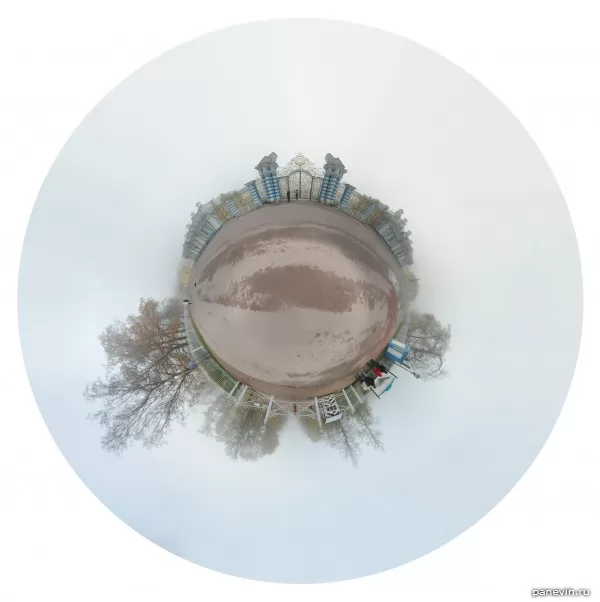
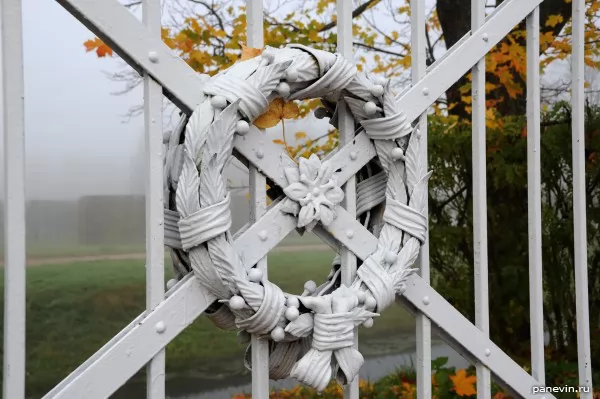
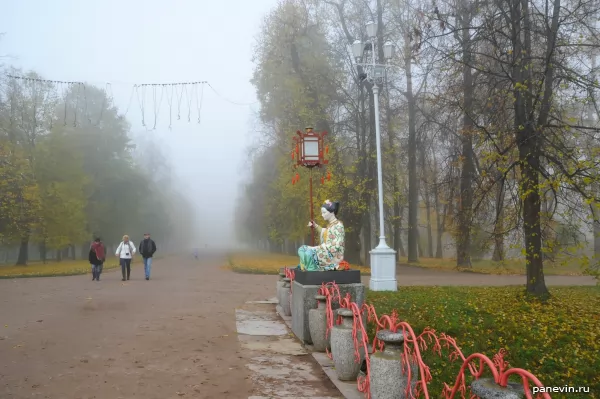
Element of the lattice of the Alexander Park (Kitchen Gate, 1906, architect S.A. Danini). Big Chinese Bridge, one of the sculptures. Architects C. Cameron and I. A. Monighetti, sculptor P. I. Schwartz, 1784 - 1786.
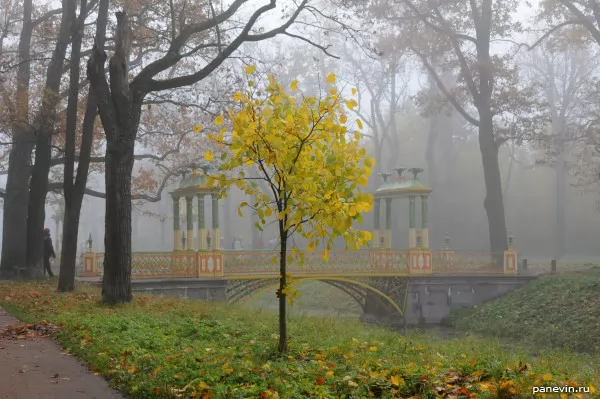
<Chinese bridge. One of the Chinese bridges in the Alexander Park (New Garden) of Pushkin. In the background is the Cross Bridge with a gazebo.
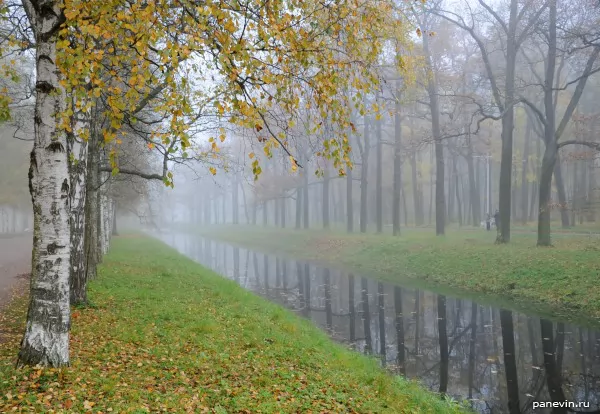
Cross channel, view from the Dragon Bridge.
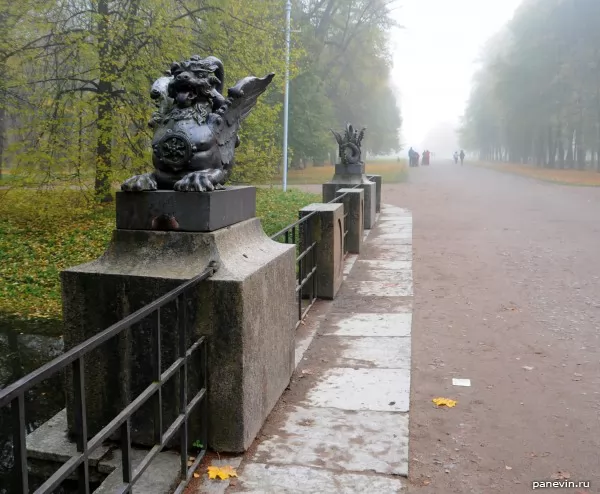
Dragons Bridge .
The enthusiasm for China, characteristic of the turn of the 18th and 19th centuries, was reflected not only in the pavilions of the Alexander Park, but also in the three bridges of the New Garden thrown across the Krestovy Canal - Dragon, Big Chinese and Krestovy.
The Dragons Bridge, called in the documents of the late 18th century the bridge “with monstrous figures”, was built in 1785 according to the project of Charles Cameron, not far from the Chinese Theater. It is decorated with four expressive figures of winged dragons mounted on granite pedestals. The figures of the dragons are full of expression, their legs are extended forward, their tails bend in sharp loops. Initially, during the construction of the bridge during the reign of Empress Catherine II, the figures were made of limestone; current cast iron dragons cast in 1860year on the models of the sculptor I. Schwartz.
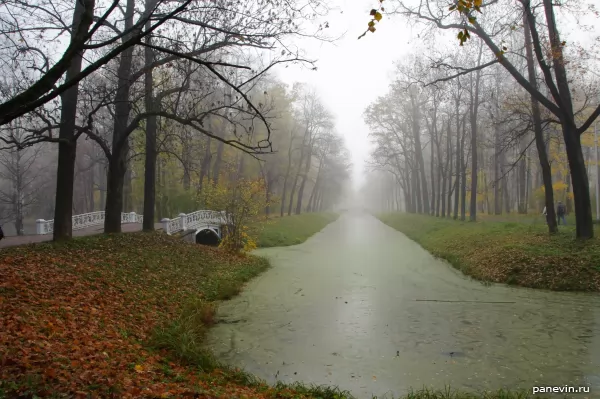
A bridge with a sluice at the junction of the Children's Pond with the Krestovy Canal ( Pushkin, Aleksandrovsky Park).
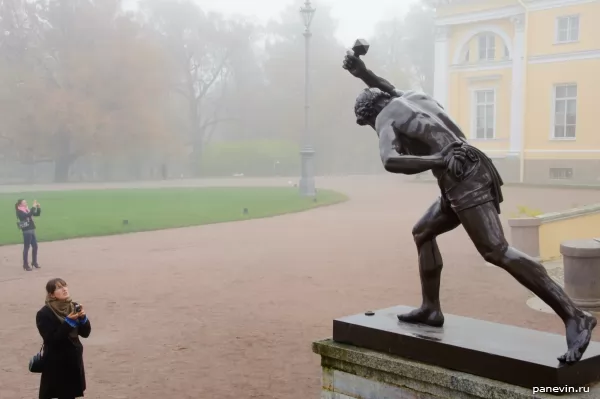
End of the 19th century The sculpture "A young man playing a pile" at the entrance to the Alexander Palace. 1838, sculptor A.V. Loganovsky.

Sculpture "A young man playing grandmas" at the entrance to the Alexander Palace. 1838, sculptor N. S. Pimenov. Sculptures and colonnade of the entrance to the Alexander Palace. In 1836, Alexander Sergeevich Pushkin, seeing these plaster sculptures at the exhibition, wrote: A young man full of beauty, tension, alien effort, Stroen, light and powerful, amuses himself with fast play.
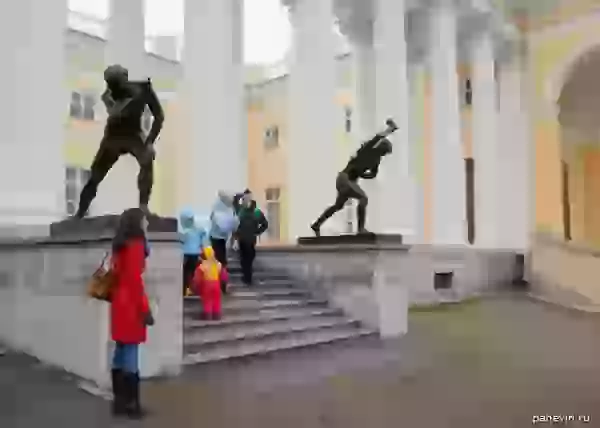
Here is your comrade, Discobolus! He is worthy, I swear, Amicably
embracing with you, after the game to rest!
Two years later, bronze sculptures were cast. Plaster sculptures are in the State Russian Museum . There is a beautiful house number on the facade of this palace. Amazing tree, minor in some approximation. The park benches are beautiful but uncomfortable. Aleksandrovsky Park is a set of alleys, canals, ponds. Ponds: Children's, Kitchen, Facade, Lamskie (Upper, Lower, large); ponds "Ozerki" and Nizhnye. The park was actively developed from the 20s of the 18th century to the 40s of the 19th century. The large-scale works were attended by: garden foreman J. Rosen; architects M.G. Zemtsov ,
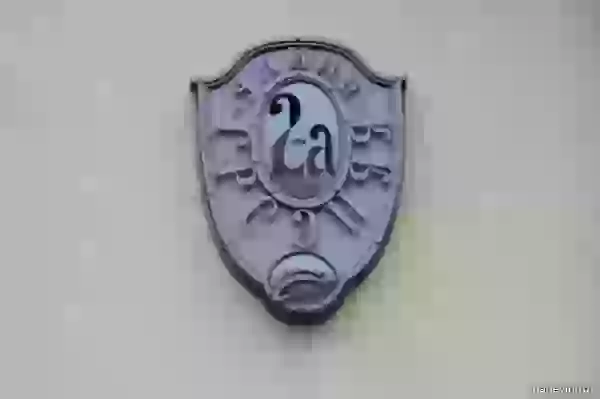
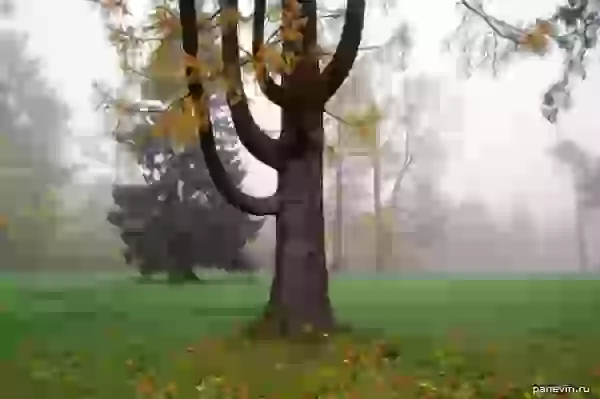
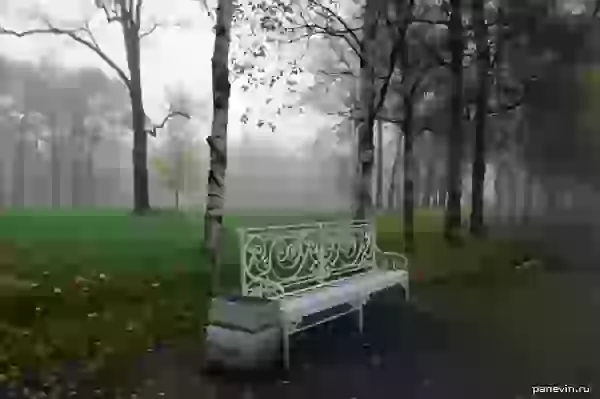
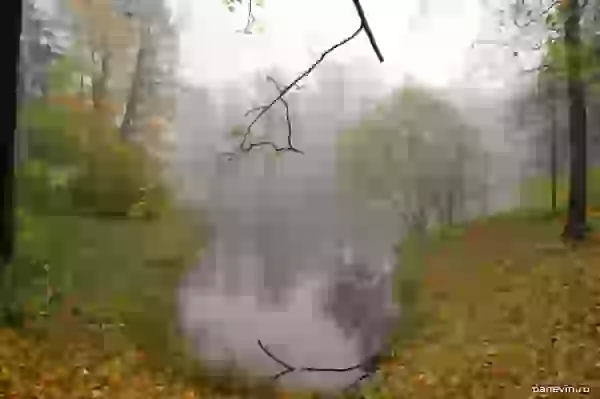
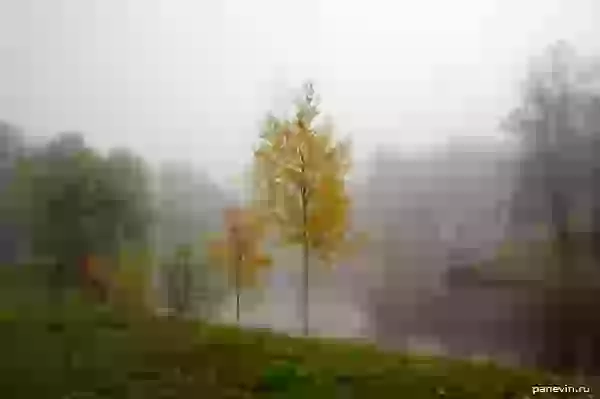
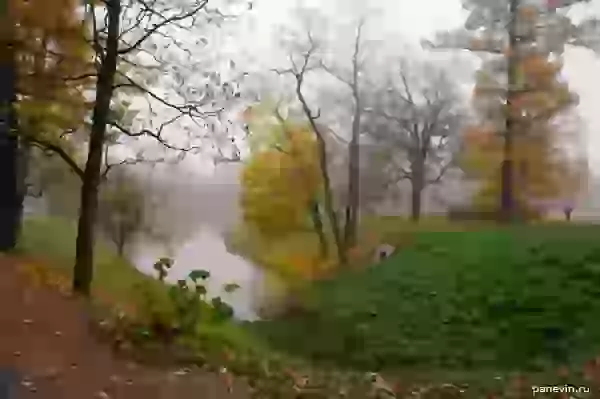
S. I. Chevakinsky, F. B. Rastrelli, I. V. Neelov, D. Quarenghi, A. A. Menelas, V. I. Geste. At present, the Alexander Park is part of the Tsarskoe Selo State Museum-Reserve and is a favorite walking place for townspeople and tourists.
More of the interesting things in the park: curtain "Mushroom" (labyrinth), Chinese village, Mount Parnassus, bastion with the White Tower, pavilion "Arsenal" ("Monbizhu"), Imperial farm.



Element of the lattice of the Alexander Park (Kitchen Gate, 1906, architect S.A. Danini). Big Chinese Bridge, one of the sculptures. Architects C. Cameron and I. A. Monighetti, sculptor P. I. Schwartz, 1784 - 1786.

<Chinese bridge. One of the Chinese bridges in the Alexander Park (New Garden) of Pushkin. In the background is the Cross Bridge with a gazebo.

Cross channel, view from the Dragon Bridge.

Dragons Bridge .
The enthusiasm for China, characteristic of the turn of the 18th and 19th centuries, was reflected not only in the pavilions of the Alexander Park, but also in the three bridges of the New Garden thrown across the Krestovy Canal - Dragon, Big Chinese and Krestovy.
The Dragons Bridge, called in the documents of the late 18th century the bridge “with monstrous figures”, was built in 1785 according to the project of Charles Cameron, not far from the Chinese Theater. It is decorated with four expressive figures of winged dragons mounted on granite pedestals. The figures of the dragons are full of expression, their legs are extended forward, their tails bend in sharp loops. Initially, during the construction of the bridge during the reign of Empress Catherine II, the figures were made of limestone; current cast iron dragons cast in 1860year on the models of the sculptor I. Schwartz.

A bridge with a sluice at the junction of the Children's Pond with the Krestovy Canal ( Pushkin, Aleksandrovsky Park).

End of the 19th century The sculpture "A young man playing a pile" at the entrance to the Alexander Palace. 1838, sculptor A.V. Loganovsky.

Sculpture "A young man playing grandmas" at the entrance to the Alexander Palace. 1838, sculptor N. S. Pimenov. Sculptures and colonnade of the entrance to the Alexander Palace. In 1836, Alexander Sergeevich Pushkin, seeing these plaster sculptures at the exhibition, wrote: A young man full of beauty, tension, alien effort, Stroen, light and powerful, amuses himself with fast play.

Here is your comrade, Discobolus! He is worthy, I swear, Amicably
embracing with you, after the game to rest!
Two years later, bronze sculptures were cast. Plaster sculptures are in the State Russian Museum . There is a beautiful house number on the facade of this palace. Amazing tree, minor in some approximation. The park benches are beautiful but uncomfortable. Aleksandrovsky Park is a set of alleys, canals, ponds. Ponds: Children's, Kitchen, Facade, Lamskie (Upper, Lower, large); ponds "Ozerki" and Nizhnye. The park was actively developed from the 20s of the 18th century to the 40s of the 19th century. The large-scale works were attended by: garden foreman J. Rosen; architects M.G. Zemtsov ,
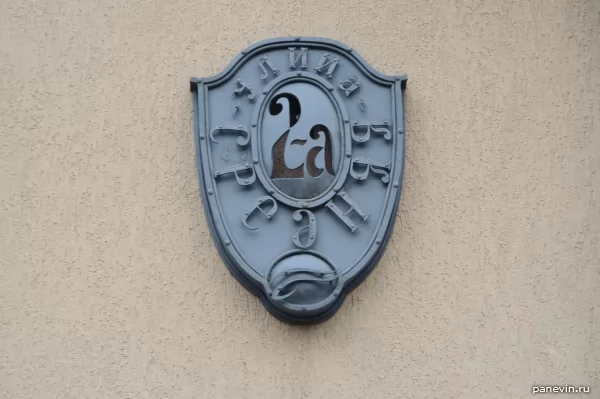
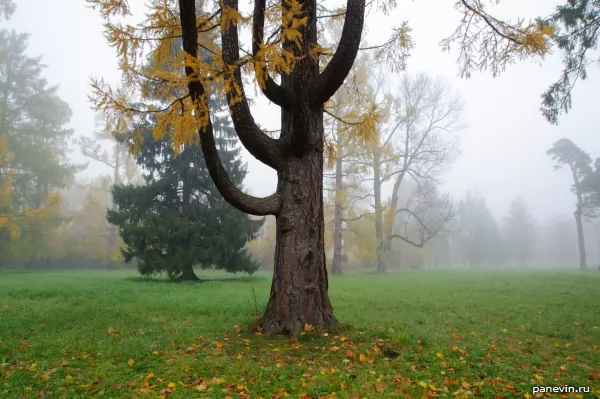
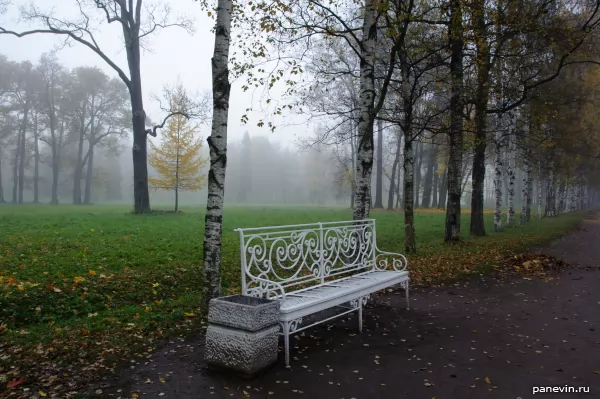
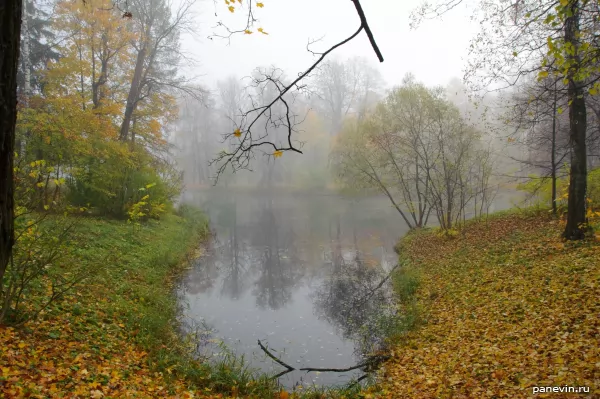
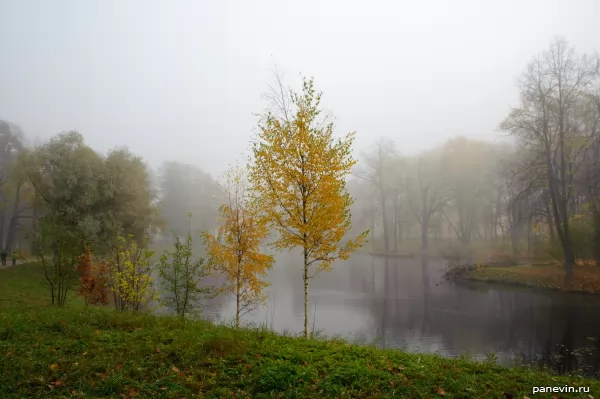
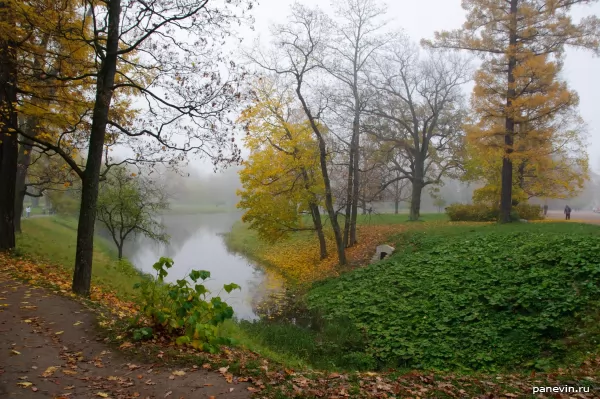
S. I. Chevakinsky, F. B. Rastrelli, I. V. Neelov, D. Quarenghi, A. A. Menelas, V. I. Geste. At present, the Alexander Park is part of the Tsarskoe Selo State Museum-Reserve and is a favorite walking place for townspeople and tourists.
More of the interesting things in the park: curtain "Mushroom" (labyrinth), Chinese village, Mount Parnassus, bastion with the White Tower, pavilion "Arsenal" ("Monbizhu"), Imperial farm.
Share:
Themes: parks 11 Pushkin 3
Ticket sales through JetRadar.com service without commissions and markups.
← Blog
pushkin_aleksandrovskiy_park
blog







